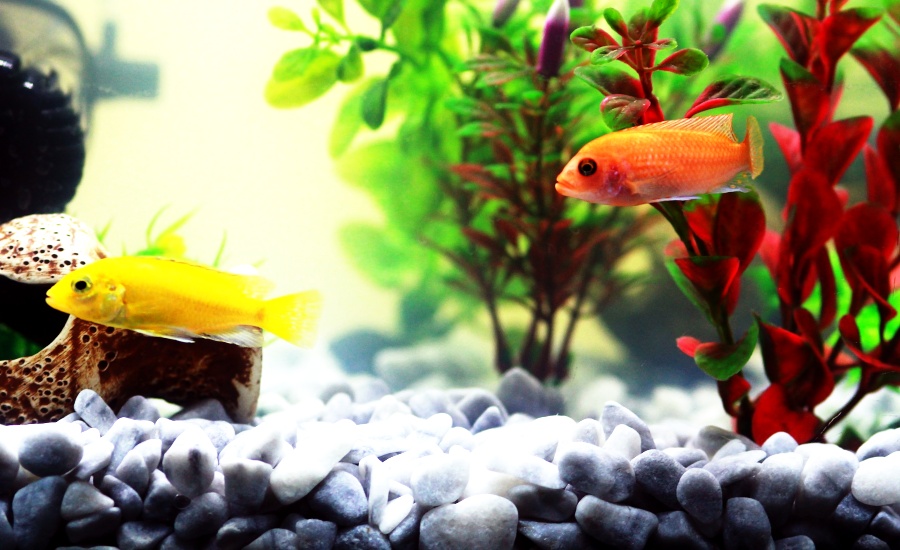Guide
How is nitrate formed in the aquarium?
Aquariums are fascinating microcosms that harbour a multitude of creatures and offer us an insight into the fascinating underwater world. But behind the glittering façade of fish and plants lies a complex chemistry that influences the balance in the aquarium. One of the most important chemical compounds that needs to be discussed regularly is nitrate. But how exactly does nitrate form in an aquarium and what effects does it have on the ecosystem? I explore this question in this blog post.

What is nitrate?
Nitrate (NO3) is a compound of nitrogen and oxygen and a form of nitrogen that can be used by plants as a nutrient. In an aquarium, nitrate is mainly produced by the nitrogen cycle, which consists of several stages.
The nitrogen cycle in the aquarium
- Ammonia production: The cycle begins with organic waste such as fish faeces and excess food, which is broken down into ammonia (NH3). Ammonia is highly toxic for fish and other aquatic organisms.
- Nitrification: Nitrifying bacteria such as Nitrosomonas and Nitrobacter oxidise ammonia to nitrite (NO2) and finally to nitrate (NO3). This process is known as nitrification and usually takes place in the filter or substrate of the aquarium.
- Nitrate degradation: Nitrate can be absorbed by plants as a nutrient, which is known as nitrate degradation. However, this process is limited and cannot always completely reduce nitrate levels.
- Denitrification: In some advanced aquatic ecosystems, specialised bacteria can convert nitrate back into gaseous nitrogen (N2), which escapes from the water. This process is called denitrification, but is not common in most aquarium environments.
Causes of high nitrate levels
High nitrate levels in an aquarium can have various causes:
- Overstocking: Too many fish and other organisms produce more waste, which can lead to an increase in ammonia and nitrate levels.
- Overfeeding: Unused food decomposes in the water and contributes to ammonia production, which in turn leads to increased nitrate levels.
- Lack of maintenance: Insufficient water changes or inefficient filtration can disrupt the nitrogen cycle in the aquarium and lead to an increase in nitrate levels.
Effects of high nitrate levels
High nitrate levels can have negative effects on the health of fish and the entire ecosystem:
- Health problems in fish: Excessive nitrate can affect fish respiration and metabolism, which can lead to stress, illness and even death.
- Algae growth: Algae use nitrate as a nutrient source and can grow vigorously at high concentrations in the aquarium, resulting in unsightly green deposits and reducing visibility in the aquarium.
- Reduced plant health: Although plants can utilise nitrate as a nutrient, very high concentrations can affect their growth and lead to nutrient imbalances.
Regulation of nitrate levels
To keep the nitrate levels in an aquarium at an acceptable level, regular maintenance and monitoring are crucial:
- Water changes: Regular partial water changes remove excess nitrate and other waste products from the aquarium water.
- Filtration: An efficient filtration system can help to break down organic waste and maintain the nitrogen cycle in the aquarium.
- Plants: Adding plants to the aquarium can help absorb excess nitrate and promote ecological balance.
- Feeding: Feeding the fish appropriately reduces the amount of unused food and helps to control ammonia and nitrate production.
How is nitrate formed in the aquarium? – Conclusion
Nitrate formation in the aquarium is a natural part of the nitrogen cycle, but it must be controlled and regulated to maintain fish welfare and ecological balance. By gaining a basic understanding of the processes that lead to nitrate formation and implementing appropriate nitrate control measures, aquarium enthusiasts can create a healthy and stable aquarium ecosystem that can develop its beauty and diversity.